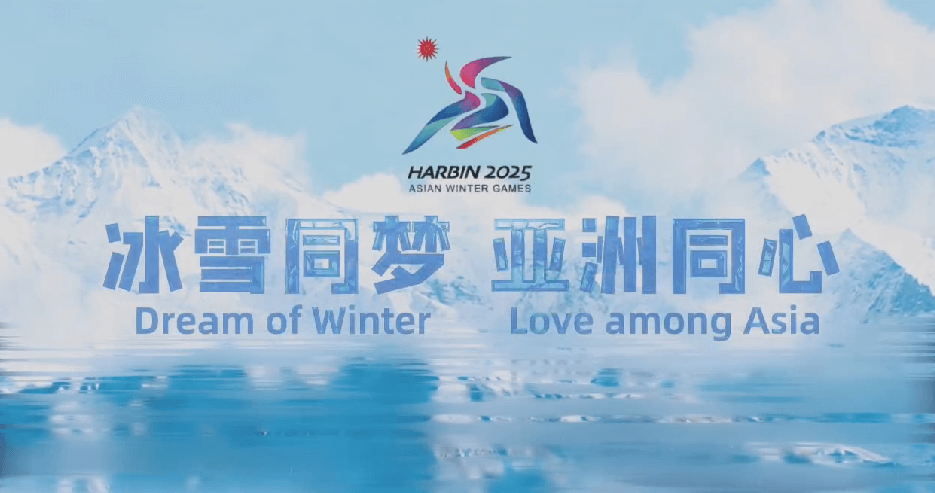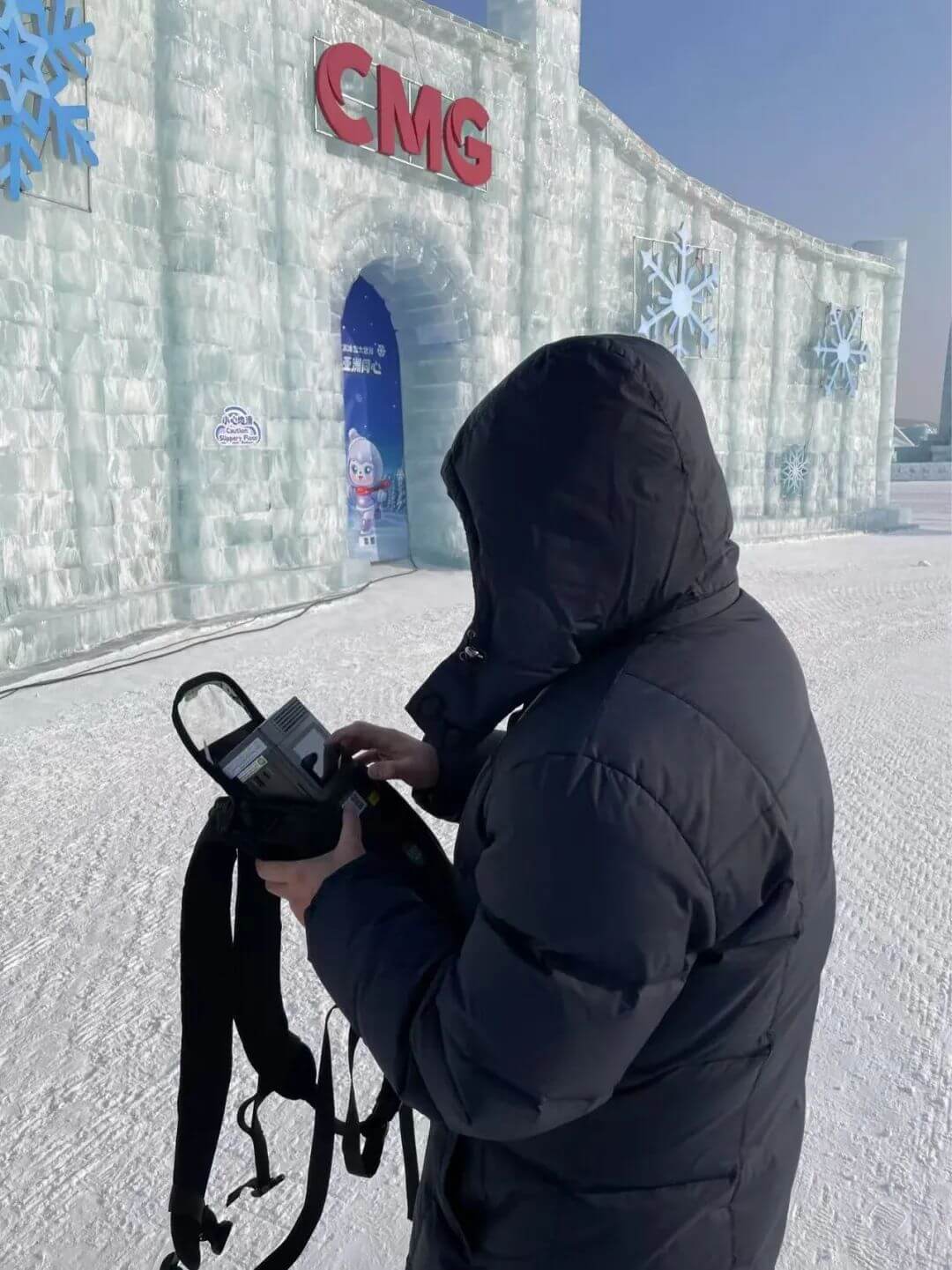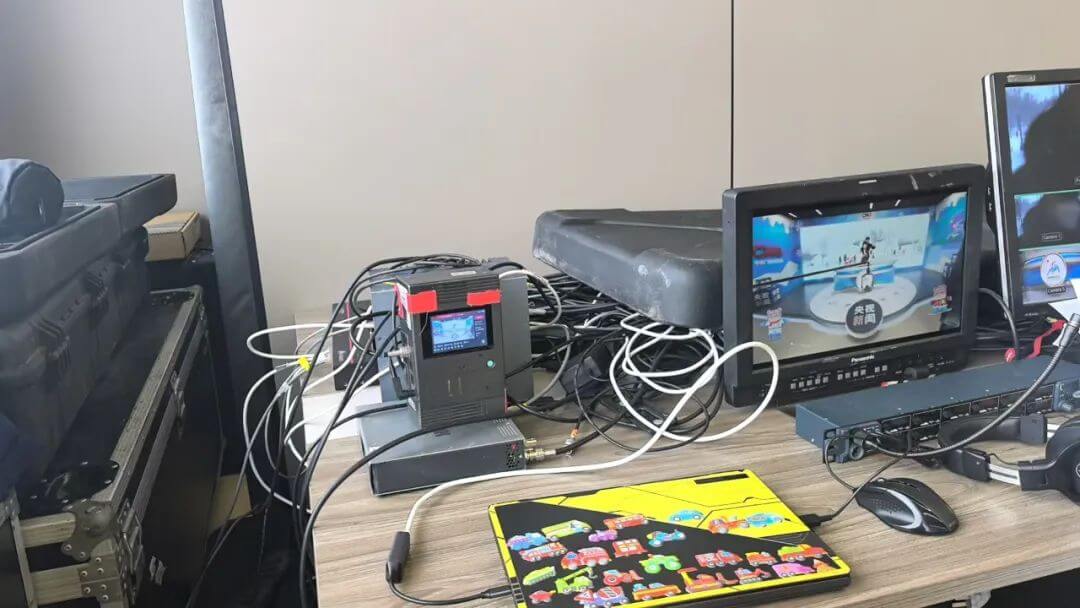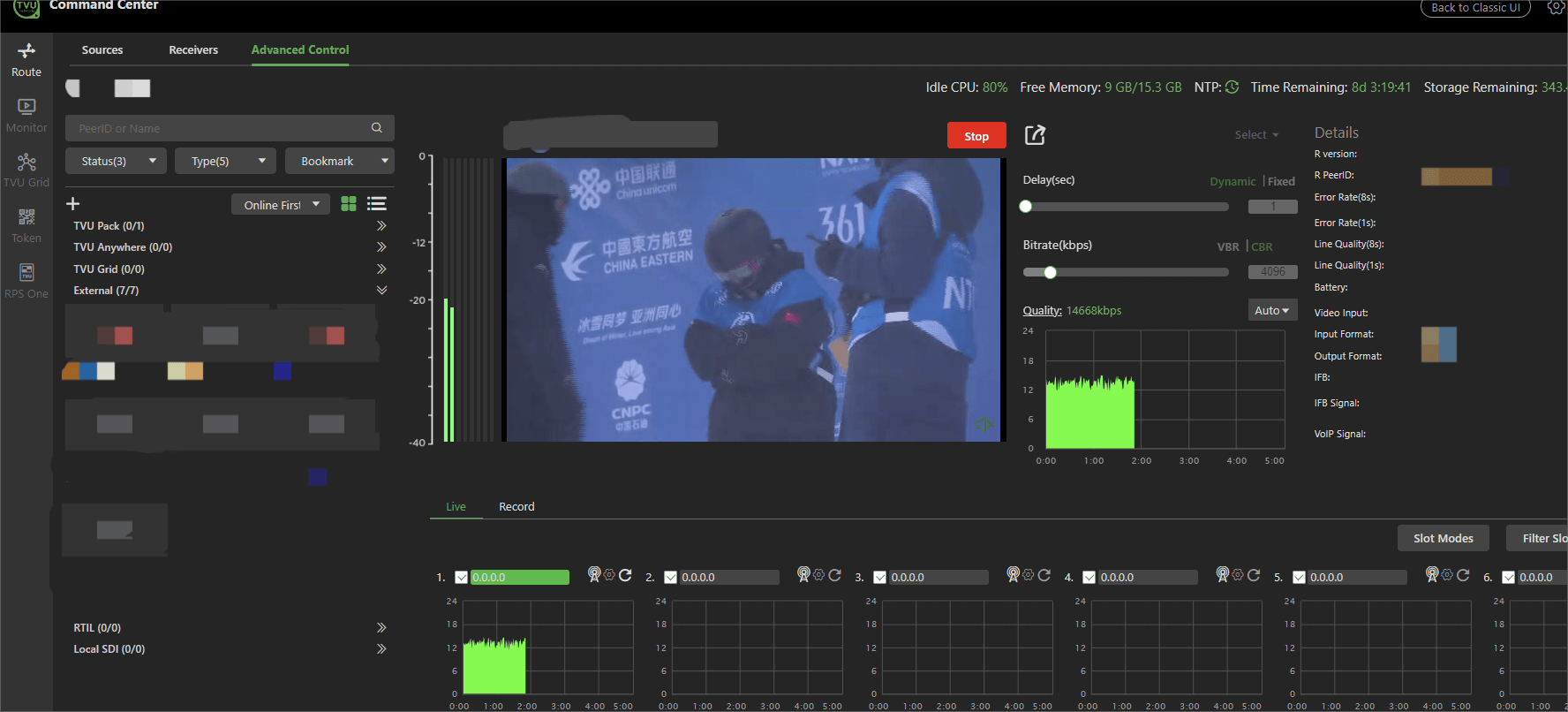Hangzhou Television executed a groundbreaking 13-hour uninterrupted livestream aboard China's high-speed rail network, traversing nearly 2,000 kilometers at 350 kilometers per hour without a single technical glitch. This feat, made possible by TVU Networks' mobile broadcasting technology, demonstrates exceptional engineering excellence in extreme broadcasting conditions....

TVU Networks Conquers -20°C at Asian Winter Games, Delivering Perfect Broadcasts for Eastern Asia Leading Media
Eastern Asia leading media across China, Japan, and Korea successfully deployed TVU One mobile transmission systems to deliver comprehensive coverage of the 9th Asian Winter Games in Harbin, demonstrating exceptional broadcast reliability in extreme winter conditions.
View Related ProductsCupertino, CA – February 10, 2025 –The Games, which commenced on February 7th in Harbin and Yabuli, China, marked the nation’s first major international winter sports event since the Beijing Winter Olympics. The prestigious competition brought together top athletes from across Asia, competing in various winter sports disciplines under challenging weather conditions. Eastern Asia premier media from China, Japan, and Korea were on site to capture the excitement.

Building on their extensive experience in major event coverage, they selected the TVU One live broadcast backpack as their primary mobile transmission solution. This choice proved crucial for maintaining high-quality broadcasts in temperatures as low as -20 degrees Celsius (-4 degrees Fahrenheit), enabling seamless coverage across multiple venues and temporary studios.
Innovative Cold-Weather Performance
The Emmy Award-winning TVU One system showcases groundbreaking technology specifically designed for extreme weather operations. Its sophisticated temperature control system, featuring an optimized structural design and enhanced electrical system, maintains ideal internal operating conditions even in severe cold. This innovative approach particularly benefits the internal batteries, ensuring consistent performance in sub-zero temperatures where conventional broadcast equipment often fails.
Field reporters from the media, equipped with TVU One backpacks and appropriate cold-weather gear, delivered real-time coverage from various locations, capturing everything from live competition footage to crowd reactions and behind-the-scenes moments. The system’s reliable performance allowed journalists to focus on content creation without technical concerns, despite the harsh environmental conditions.
Advanced Transmission Technology
The TVU One system’s core strength lies in its patented IS+ technology, which effectively aggregates multiple cellular networks into a unified, stable transmission infrastructure. This innovative technology intelligently manages network resources to maintain optimal signal quality and bandwidth efficiency. When combined with H.265 intelligent variable rate dynamic encoding and FEC forward error correction, the system delivers exceptional broadcast quality with minimal latency. Japanese and Korean broadcasters particularly utilized the packs for mixed zone live interviews and obtaining SRT feeds from OBS, while CMG focused on comprehensive venue coverage.

In the temporary broadcast studios, TVU One served as the backbone for program signal backhaul. The technical teams from both countries leveraged the IS+ technology’s sophisticated multi-network aggregation capabilities to seamlessly integrate mobile networks with on-site wired connections, creating robust and reliable transmission channels. This integration provided both reliable signal quality and an intuitive interface for managing various broadcast requirements.
The system’s key features include:
– Smart temperature control system optimized for extreme cold
– Patented IS+ technology for efficient multi-network aggregation and stable high-bandwidth transmission
– Advanced H.265 encoding and error correction
– User-friendly interface for technical management

The successful implementation of TVU One at the Asian Winter Games has set a new standard for broadcasting in challenging environments. The system’s exceptional performance in extreme conditions, combined with its user-friendly operation, enabled these leading broadcasters to deliver high-quality coverage that brought the excitement of the Games to viewers worldwide.
Through this deployment, TVU Networks has demonstrated its commitment to innovation in broadcast technology, providing solutions that perform reliably even in the most demanding conditions. This success story serves as a benchmark for future large-scale winter sports events, showing how advanced broadcast technology can overcome extreme environmental challenges while maintaining professional broadcast standards.